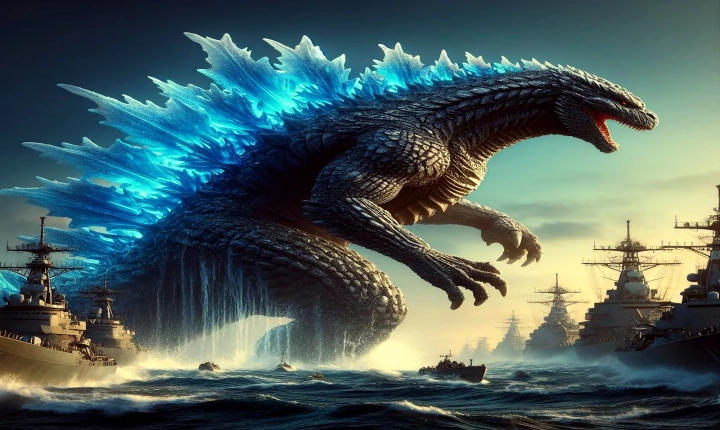Artificial intelligence (AI) has undoubtedly revolutionized the way we approach photography, allowing us to capture and enhance images in ways that were once unimaginable. AI photography harnesses the power of machine learning and pattern recognition to automatically adjust settings, enhance colors, and even compose images. This innovative technology has transformed the photography landscape, making it easier for amateurs and professionals alike to create stunning visual content.
At the heart of AI photography is the concept of neural networks, which are algorithms designed to mimic the way the human brain processes and interprets information. These neural networks are trained on vast datasets of images, allowing them to learn the patterns and characteristics that define a good photograph. By analyzing these patterns, AI algorithms can then adjust camera settings such as exposure, focus, and white balance, to achieve optimal image quality.
One of the key features of AI photography is its ability to enhance images after they have been captured. Through a process known as image processing, AI algorithms can detect and correct imperfections such as noise, distortion, and blurriness, resulting in sharper and more vibrant photographs. These algorithms can also adjust the composition of the image, cropping and framing it to improve its visual impact.
In addition to enhancing individual images, AI photography can also be used to create composite images from multiple sources. By analyzing the content of different images, AI algorithms can seamlessly blend them together to produce a single, cohesive composition. This can be particularly useful in scenarios such as panoramic photography or image stitching, where multiple images need to be combined to create a single, unified output.
Another exciting aspect of AI photography is its potential for creative innovation. AI algorithms can be trained to understand and replicate artistic styles, allowing for the generation of unique and compelling images. This has paved the way for applications such as style transfer, where the characteristics of one image can be applied to another, resulting in a fusion of artistic elements.
Further, AI photography enables a host of practical applications beyond artistic expression. For example, in fields such as medical imaging and remote sensing, AI algorithms can be used to analyze and interpret visual data, aiding in the diagnosis of diseases or the monitoring of environmental changes.
However, despite the myriad benefits of AI photography, some concerns have been raised about its potential impact on traditional photographic skills and the art form itself. Critics argue that the convenience and automation offered by AI may lead to a devaluation of the craft of photography, as well as a homogenization of visual style. Furthermore, questions about the ethical use of AI in photography, such as the manipulation of images for misrepresentation, have also been raised.
In conclusion, AI photography represents a significant advancement in the field of visual expression, offering a powerful set of tools for photographers and enthusiasts. Its ability to automatically adjust and enhance images, as well as its potential for creative exploration, has transformed the way we approach photography. While concerns about its impact on the traditional art form persist, there is no denying the immense potential of AI photography to inspire new perspectives and push the boundaries of visual storytelling. As the technology continues to evolve, it is likely that AI photography will play an increasingly crucial role in shaping the future of visual communication.
